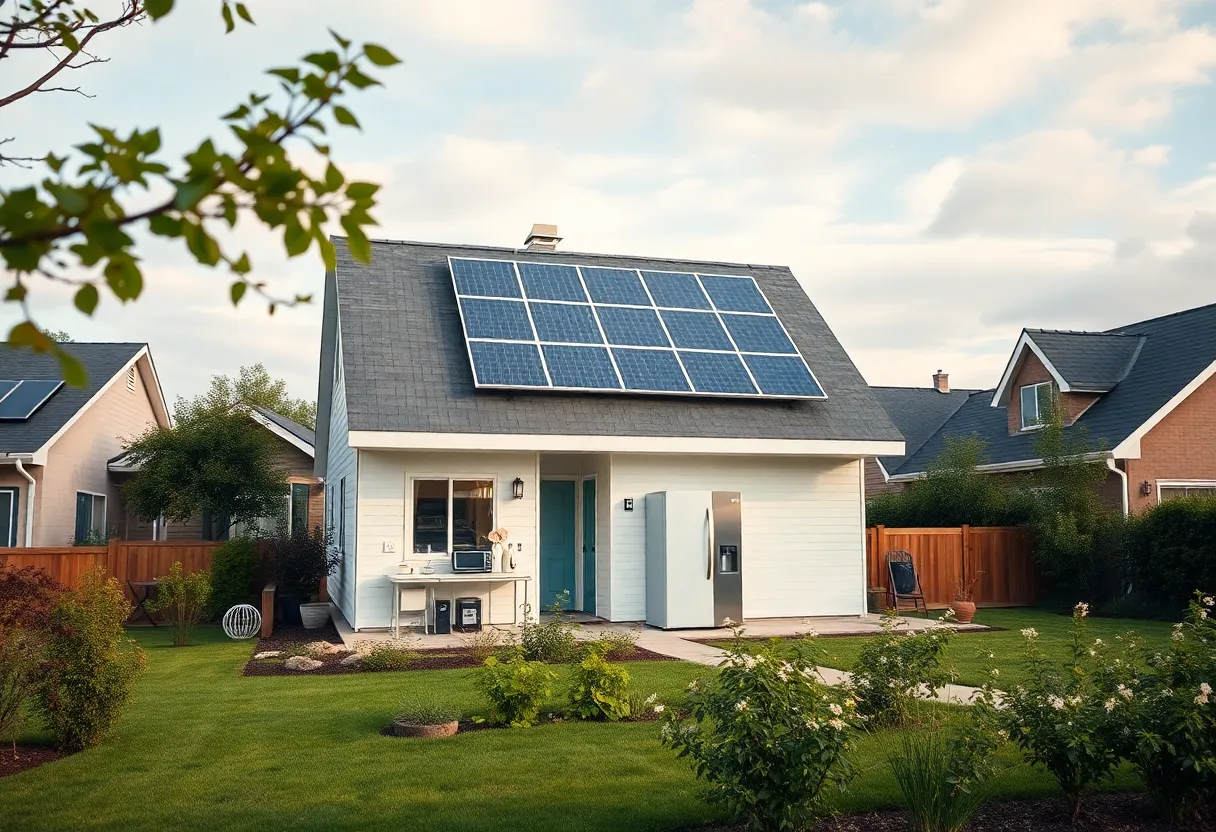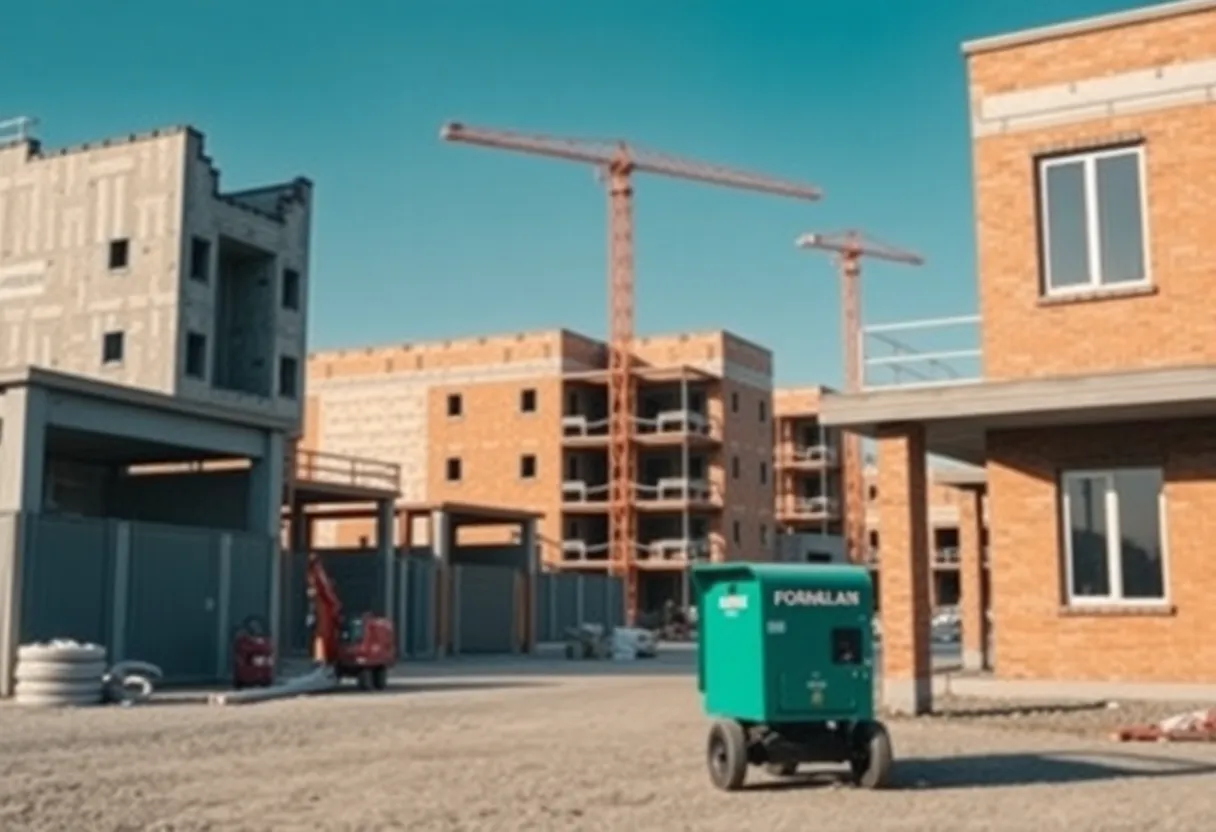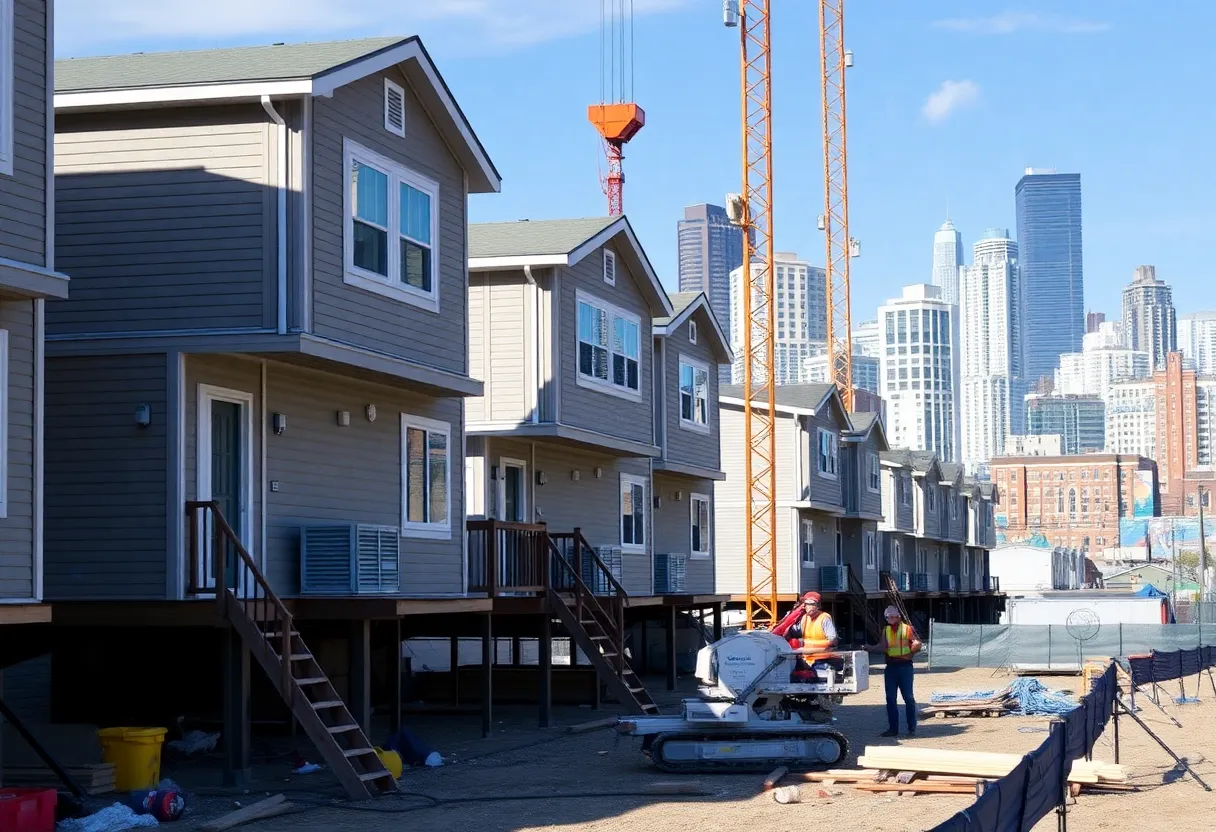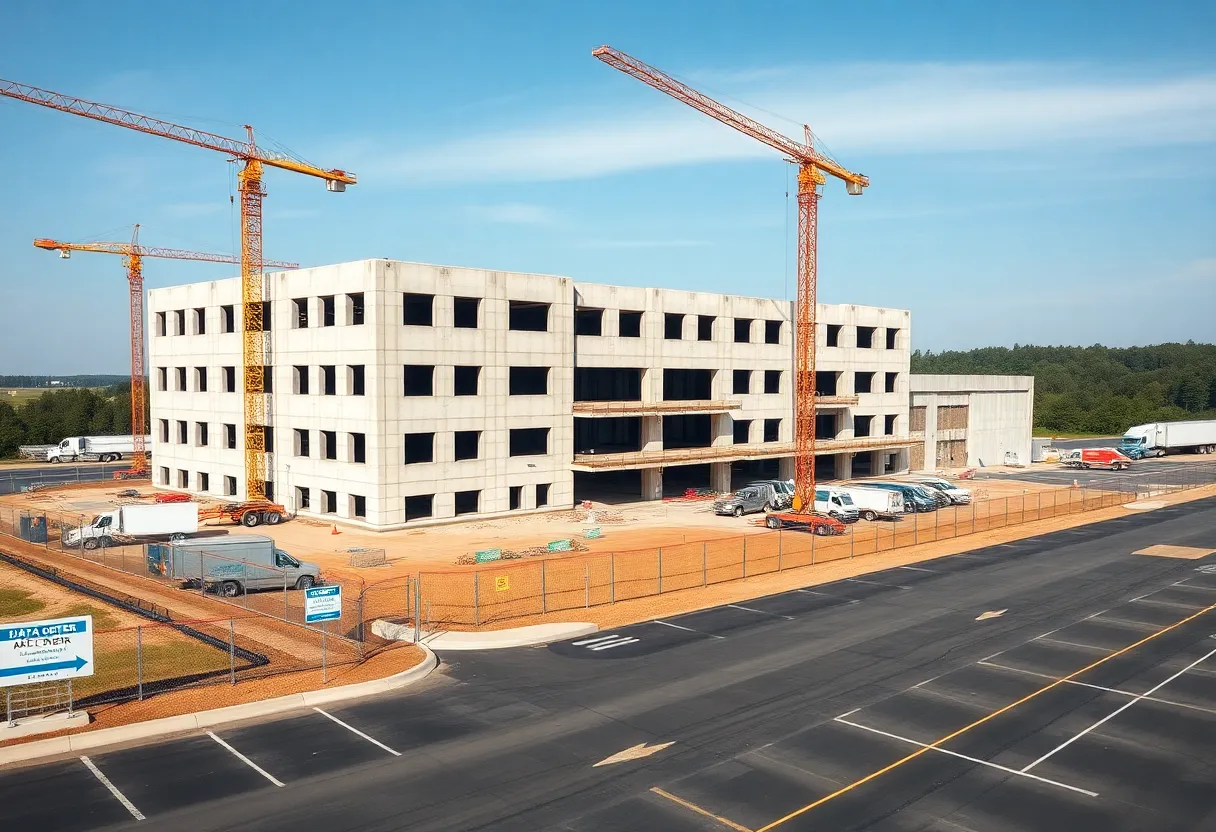News Summary
A new law in New York mandates that all new residential constructions of seven stories or less must exclusively use all-electric appliances by January 1, 2026. While the law aims to reduce environmental impact and promote clean energy, local builders express concerns about the capacity of electric infrastructure and potential increased costs. Some contractors support the mandate, believing it can lead to long-term economic benefits. Discussions on infrastructure challenges and cost implications continue as the state works towards a greener future in residential construction.
New York Law Mandates All-Electric Appliances in New Homes by 2026 Amid Local Concerns
All-New Residential Construction to Go All-Electric
A significant new law in New York mandates that all new residential construction of seven stories or less must use only all-electric appliances starting January 1, 2026. This comprehensive regulation seeks to phase out non-electric appliances, such as furnaces and hot water heaters, in new homes. The intention behind this legislative move is to significantly reduce New York State’s environmental impact and encourage the use of clean energy.
Concerns About Infrastructure and Costs
Despite the state’s environmental goals, there are notable concerns from local builders about the implications of this law. Builders like Jim Barbato from Pridemark Homes have expressed apprehension regarding the potential for a shortage of electric capacity in the area. This limitation could hinder new housing construction, contradicting the state’s objectives to increase housing availability.
Moreover, while New York state claims that electric buildings offer a more cost-effective approach both in construction and long-term energy savings, some builders dispute this assertion. Barbato estimates that building an all-electric home could increase costs anywhere from $10,000 to $20,000 compared to traditional mixed-fuel homes.
Support from Local Contractors
In contrast to the concerns raised by some builders, local contractor USC Builds has shown support for the all-electric mandate. They have already adapted to all-electric standards, benefiting from state subsidies that assist in the transition. USC Builds emphasizes the importance of moving towards all-electric standards for the sake of environmental protection and energy independence.
The contractor notes that while all-electric buildings may incur higher initial energy costs, the overall construction costs can be neutral or possibly better when compared to mixed-fuel options. This perspective reflects a belief that investing in electric systems will eventually lead to economic benefits.
Challenges with Electric Grids
An important issue for many communities is the capability of the current electric grid to handle the increased demand for electricity that will come with the transition to all-electric homes. Numerous areas are actively seeking more housing development, but existing electrical infrastructures may not support the surge in demand.
Barbato has made calls for improvements to the electricity infrastructure and has suggested that the state should consider slowing down the implementation of the mandate until capacity issues can be addressed. Nevertheless, New York state officials assert that the current electric grid is sufficient to handle the planned transitions. They are also actively working to enhance grid capacity, utilizing renewable energy sources to bolster the existing system.
Potential Waivers for Capacity Shortages
In recognition of potential challenges, the law includes provisions for granting waivers in areas where the electric grid cannot adequately support the changes mandated by the new law. This flexibility may offer a solution for communities facing significant infrastructure limitations, allowing them to navigate the transition to all-electric systems without overly straining their existing resources.
Conclusion
The 2026 mandate for all-electric appliances in new homes presents both opportunities and challenges for New York residents and builders alike. As the state pushes forward with its environmental goals, the ongoing discussions about costs, electric capacity, and building practices will play a crucial role in shaping the future of residential construction in the region.
Deeper Dive: News & Info About This Topic
Construction NY Resources
Mid-market construction lending platform launches with $47.8M Quogue loan
Additional Resources
- WHEC: New York’s Push for All-Electric New Homes
- Google Search: New York electric homes construction
- Canary Media: Jetson Air on Lowering Costs for Electric Homes
- Encyclopedia Britannica: Electric Homes
- WHEC: NY Offers Rebate for Energy Efficient Appliances
- Google News: New York energy efficiency rebates
Author: Construction NY News
NEW YORK STAFF WRITER The NEW YORK STAFF WRITER represents the experienced team at constructionnynews.com, your go-to source for actionable local news and information in New York and beyond. Specializing in "news you can use," we cover essential topics like product reviews for personal and business needs, local business directories, politics, real estate trends, neighborhood insights, and state news affecting the area—with deep expertise drawn from years of dedicated reporting and strong community input, including local press releases and business updates. We deliver top reporting on high-value events such as the New York Build Expo, infrastructure breakthroughs, and cutting-edge construction technology showcases. Our coverage extends to key organizations like the Associated General Contractors of New York State and the Building Trades Employers' Association, plus leading businesses in construction and real estate that power the local economy such as Turner Construction Company and CMiC Global. As part of the broader network, including constructioncanews.com, constructiontxnews.com, and constructionflnews.com, we provide comprehensive, credible insights into the dynamic construction landscape across multiple states.





